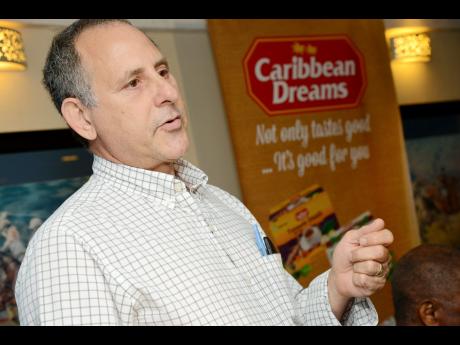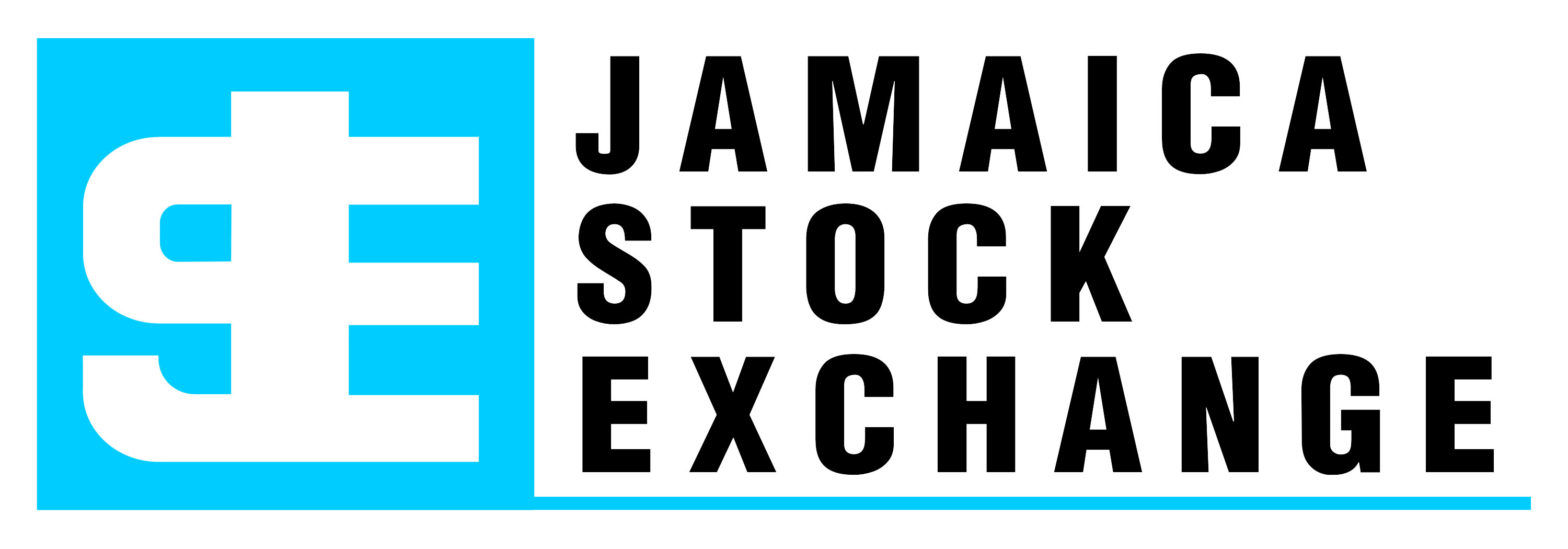How can we create brand extensions that become long-term successes, where the brand reaps long-term annuity?
First, let’s define the three pillars of a winning brand extension:
1. Fit — Is it a logical fit for the brand? Will consumers grant us permission to go there?
2. Opportunity — Is it a large enough category of business? As a newcomer, a brand extension will likely capture only a small market share.
3. Leverage — Does the brand bring something new and distinctive to the table? Does the extension product give consumers a good reason to change their buying habits?
If the answers to these questions are yes, there are 10 proven pathways to success. A 2011 study of 500 profitable brand extensions conducted by my firm, Parham Santana, with Dr. Edward M. Tauber, the innovator of brand-extension research, found that all 500 qualified for Fit, Leverage and Opportunity and used at least one of the following strategies to gain traction in a new category:
Shift the form. Change the form of an existing product to deliver it in a new way. Highlights, the children’s magazine, took its trademarked feature, Hidden Pictures, and digitized it to create a best-selling app for iPhone and iPad touch.
Transfer a component. Take a flavor, ingredient, scent, color or other quality associated with the brand and create a different product. Ghirardelli chocolates has a successful line of brownie mixes.
Transfer a benefit. Create a product that offers the same benefit as the original, but in a different category. Ziploc transferred the promise of freshness from its plastic storage bags to a line of food containers.
Leverage expertise. Offer a product that is connected to the expertise that the parent brand is known for. Elle magazine has associated its fashion savvy to a line of apparel and accessories atKohl’s.
Sell companion products. Market a product that is used with the parent product. Those who own a Harley motorcycle (or wish they did) can dress the part with Harley apparel.
Leverage customer base. Sell something to your core customer base where the leverage is your brand’s recognition and reputation. Moms and kids love Sesame Street, and they form the audience for an extensive line of Sesame Street toys.
Leverage lifestyle. Offer products that reinforce a way of living or culture associated with your brand. Nobody does this better than Ralph Lauren — you can live the “to-the-manor-born” lifestyle across a vast range of product categories.
Leverage celebrity expertise. Create a product endorsed by a celebrity who is perceived to have a special expertise in the category. Dr. Dre knows great sound, and his Beats line of headphones encourages consumers take advantage of that expertise.
Leverage celebrity lifestyle. Create a product endorsed by a celebrity whose lifestyle attracts aspirational-minded consumers. Many people will buy Sean Jean apparel just to look the part of entertainment mogul Sean Combs.
Change the game. Create a new product that is identified with modifier words to change consumers’ perceptions of your core product in a new category. V8 is what your parents drank; V8 Fusion is something young and cool that you want to be seen drinking.
Even with the rise of private-label offerings, brands are still a potent strategy for winning shopper loyalty, especially as we emerge from a recession and consumers are more flush. Brand extensions, specifically designer lines for home, are given much of the credit for Bed Bath & Beyond overtakingWalmart as the world leader in home textile sales in 2011.
For more go to
http://adage.com/article/cmo-strategy/extend-a-brand-stooping-a-silly-lip-balm/236556/?utm_source=cmo_strategy&utm_medium=newsletter&utm_campaign=adage


 Businessuite Markets4 weeks ago
Businessuite Markets4 weeks ago
 Businessuite News241 week ago
Businessuite News241 week ago
 Businessuite News244 days ago
Businessuite News244 days ago
 Corporate Feature1 week ago
Corporate Feature1 week ago
 Businessuite News24 International1 week ago
Businessuite News24 International1 week ago
 Businessuite Women2 weeks ago
Businessuite Women2 weeks ago
 Businessuite Markets6 days ago
Businessuite Markets6 days ago
 Business Insights4 weeks ago
Business Insights4 weeks ago







